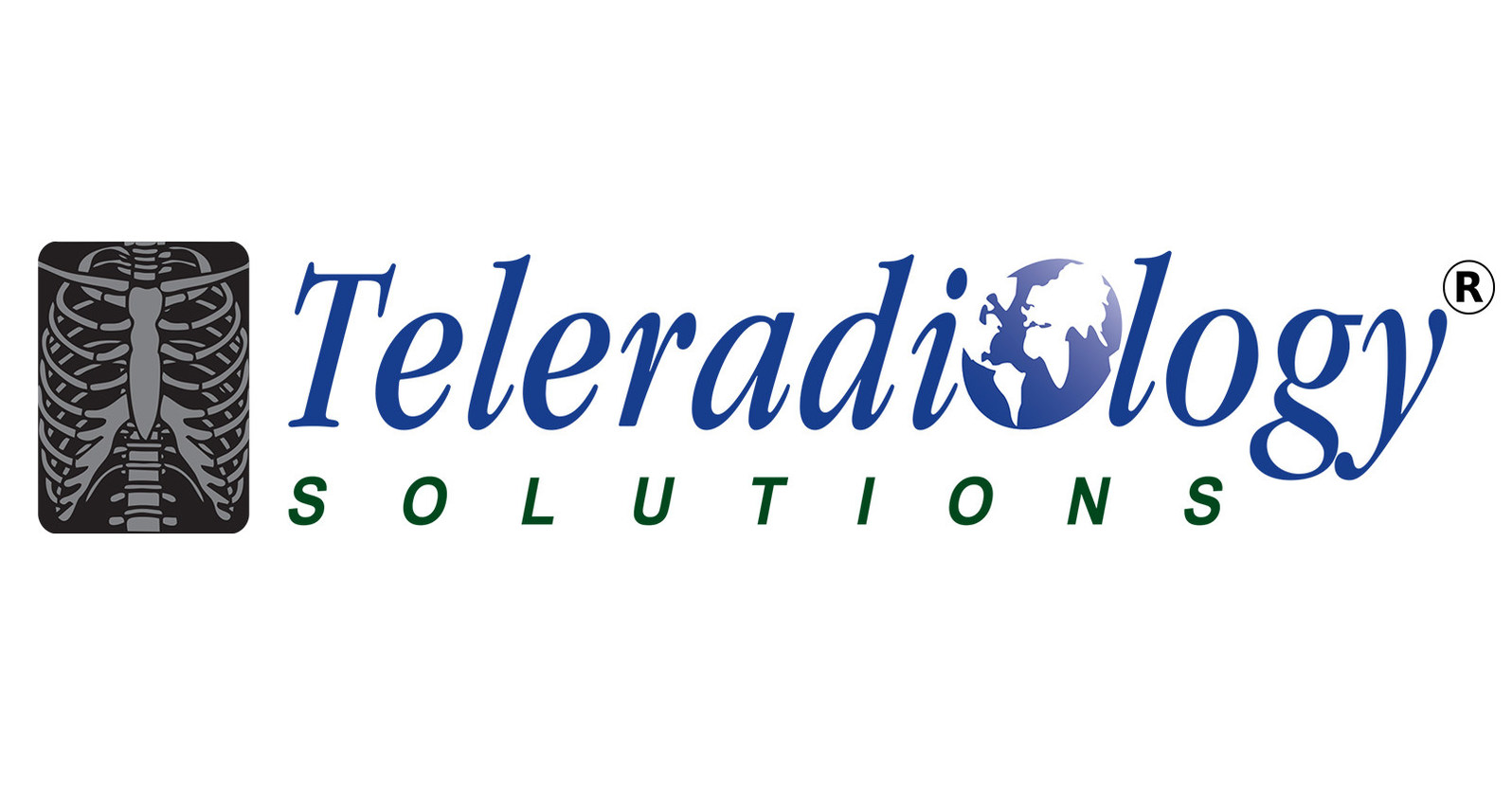Abstract
Background: Double reading of images is a part of the quality assurance activities at many radiological centers.
Purpose: To investigate the extent of and routines for double reading in Norway and the institutional heads’ attitudes toward double reading.
Material and methods: A questionnaire was addressed to the heads of all radiological institutions in Norway. The questionnaire concerned staffing, examinations performed, extent of double reading per imaging modality (except mammography screening), guidelines for double reading, checks of completed radiology reports, frequency of regular quality assurance meetings to discuss missed findings, and the heads’ attitudes toward double reading.
Results: The response rate was 73% (53/73). The percentage across imaging modalities of examinations being double read was 41% overall: 56% at university hospitals, 37% at local hospitals, and 18% at private centers. Double reading was most common for positron emission tomography (PET)/PET-computed tomography (CT) examinations (100%), and clinical mammography (91%). Almost all examinations read by residents were double read. Only 15% of institutions had written guidelines for double reading, 15% performed random double readings of completed examinations, and 55% organized regular meetings to discuss missed findings. Forty-six percent of the institutional heads wanted an increased use of double reading.
Conclusion: Double reading is common in Norway, especially in residency training, mammography, and PET/PET-CT. It is less common at private centers. Established routines for double reading are scarce. Many institutional heads want more double reading. The potential of double reading to assure quality in radiology should be better exploited.
Link for the publication: https://pubmed.ncbi.nlm.nih.gov/21498308/

